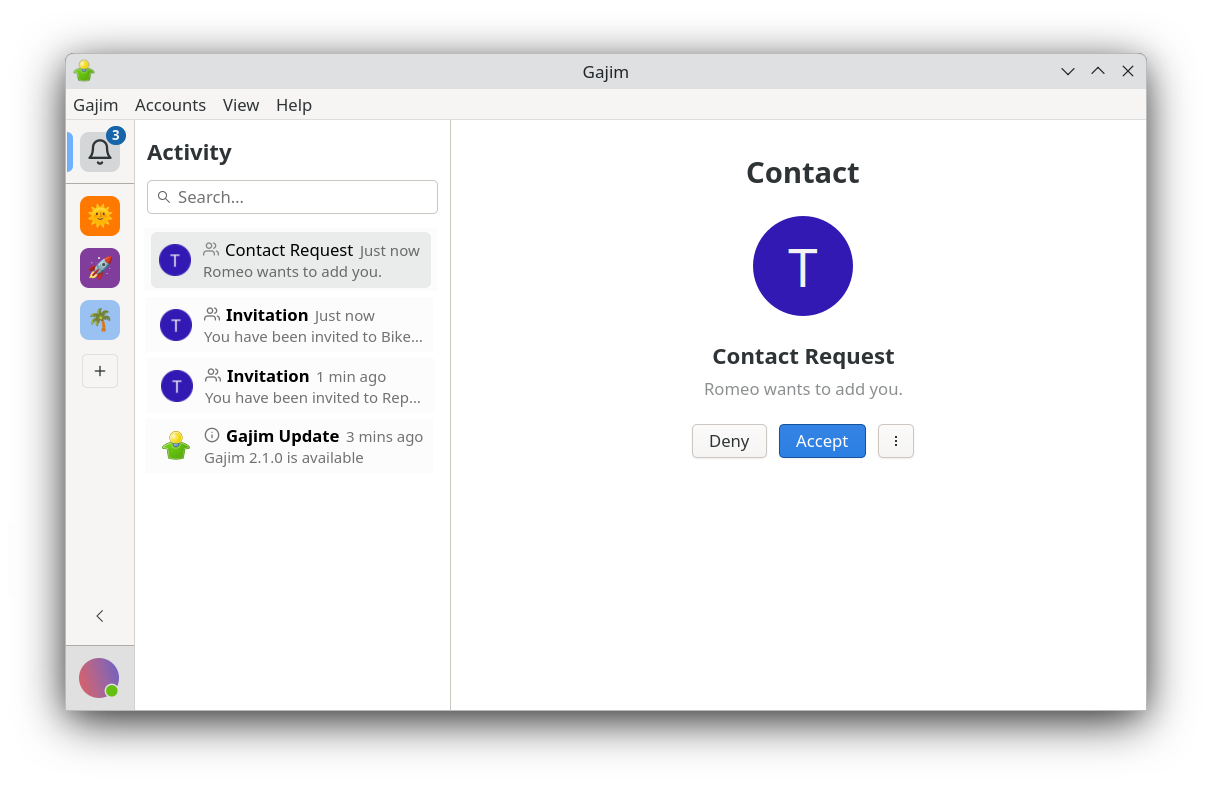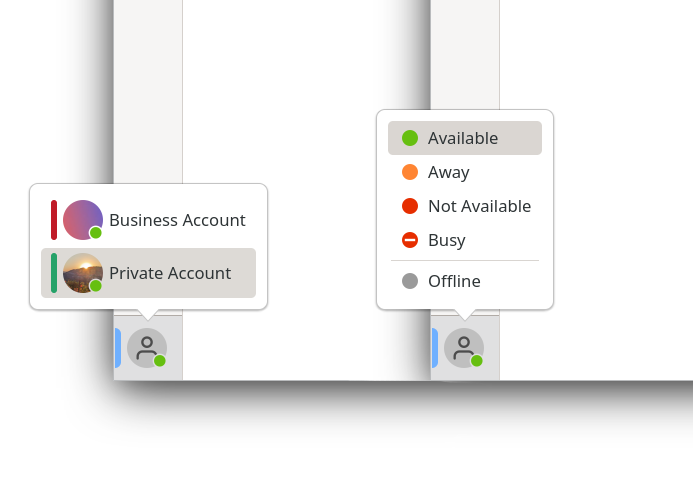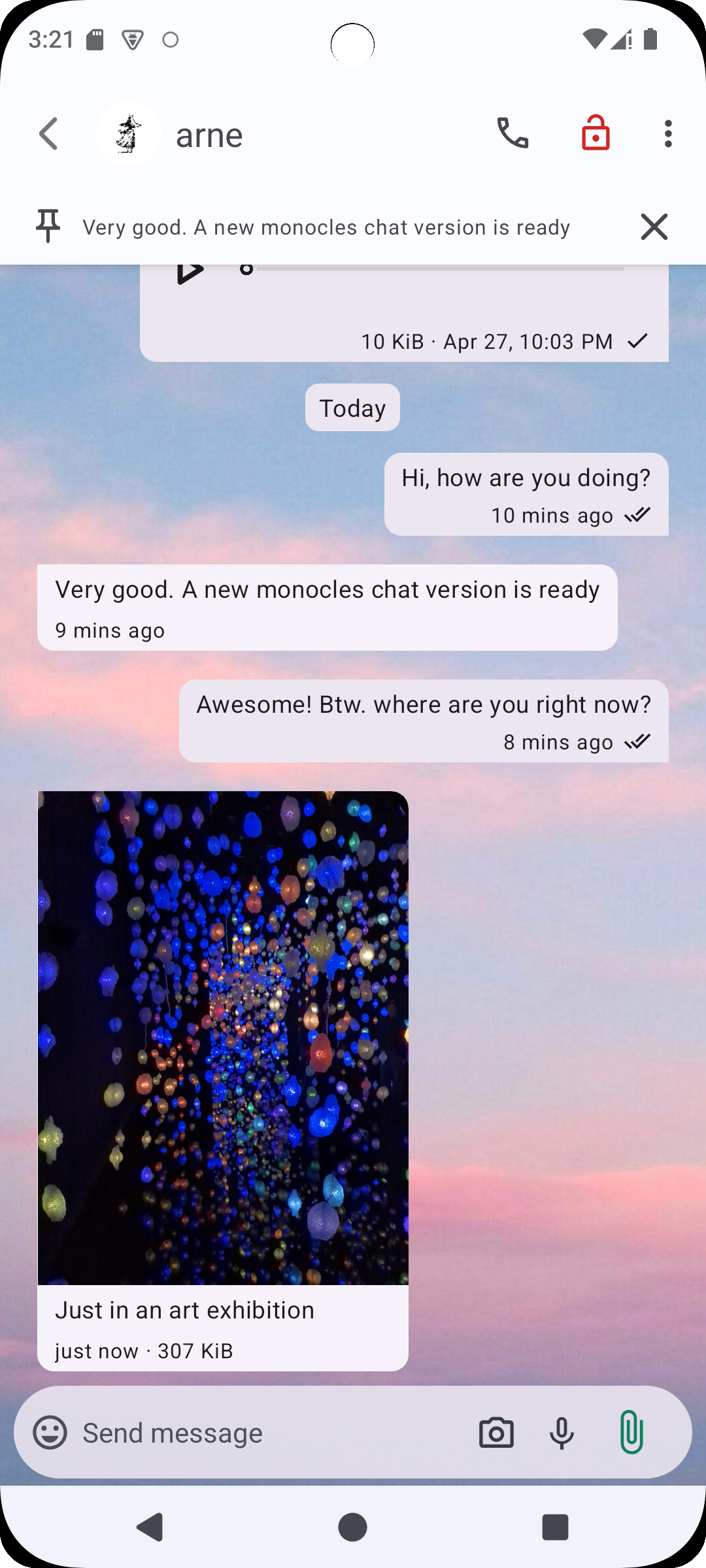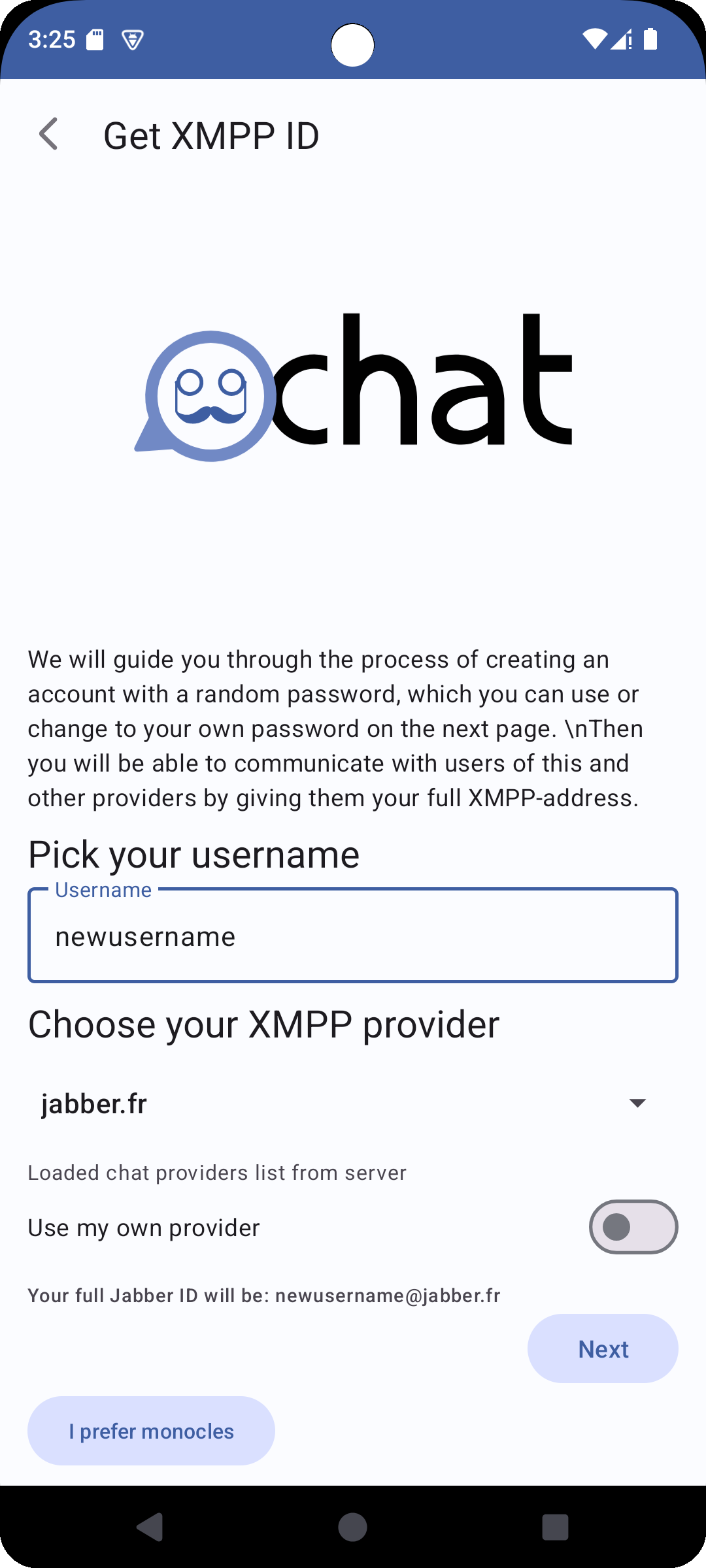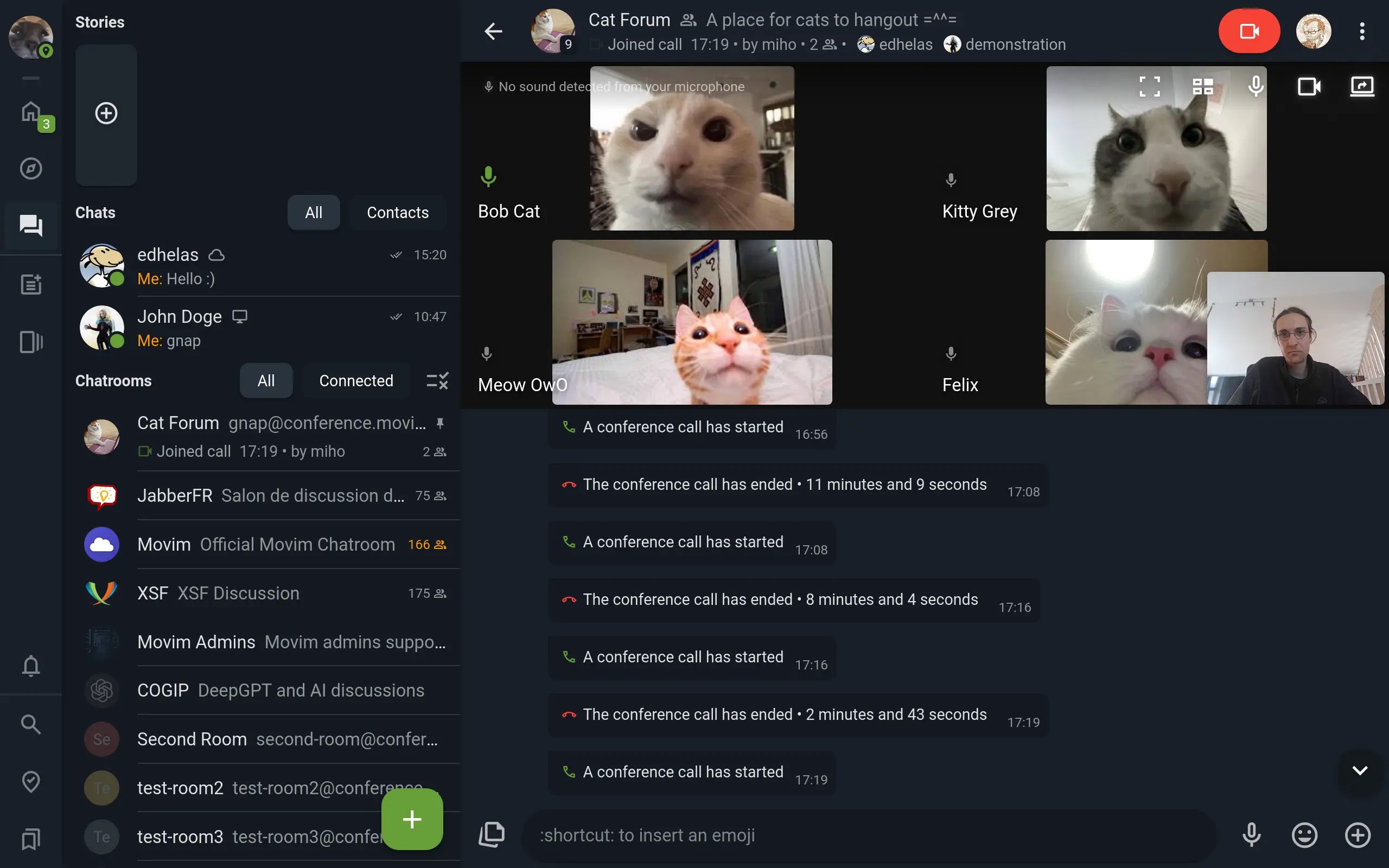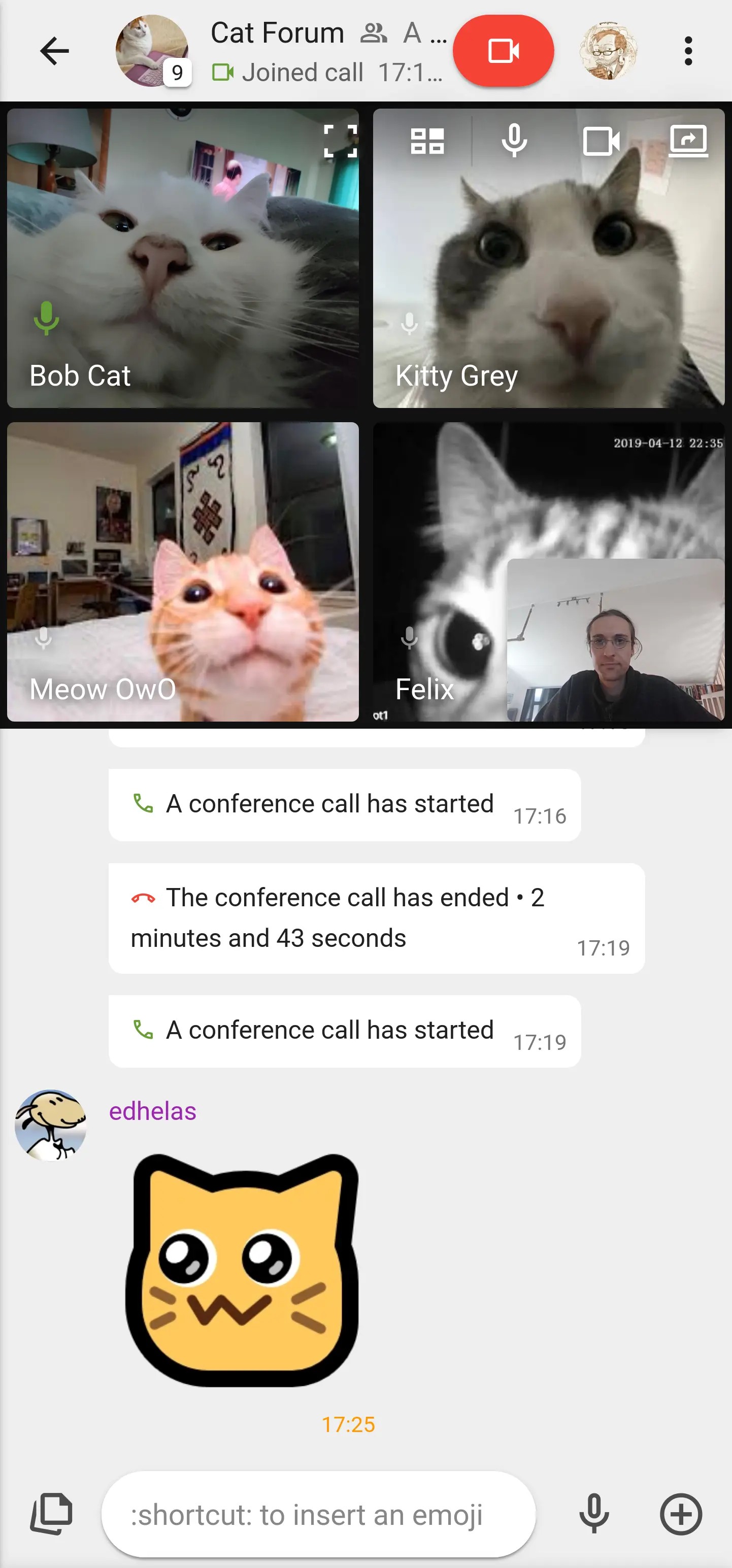A
Minimum Viable Product (MVP)
is your first real signal to the market, your team, and your investors that you’re solving the right problem in the right way. While it’s often mentioned alongside terms like
Proof-of-Concept (PoC), prototype,
or
pilot,
an MVP plays a distinct role: validating real value with real users.
Avoiding common missteps early sets the stage for faster iteration, smarter growth, and long-term success. Startups are under pressure to move quickly, but speed without focus can lead to costly mistakes. Proving value fast is essential, especially with limited resources, but moving too quickly without the right foundation can stall progress just as easily as moving too slowly.
What an MVP should be
An MVP is the leanest version of your product that still delivers real value and helps you learn whether you’re solving the right problem.
It’s not about perfection, but validation. Will users care enough to try, pay, or share?
Importantly, a strong MVP also signals to investors that you can efficiently test ideas, understand your market, and move fast with limited resources.
Focus on what matters, build with intent, and treat your MVP not as a throwaway prototype, but as the foundation of everything to come.
Small by design, smart by strategy
Popularised by Eric Ries in
The Lean Startup
, the MVP is designed to reduce wasted time, money, and effort. By building only what’s needed to test your core assumptions, you can learn quickly and adjust early, before burning through too much time, money, or energy.
A good MVP doesn’t just mean “basic”
A strong MVP isn’t just a stripped-down prototype. It’s the foundation of your product. Lightweight, but also reliable, secure, and built for change. If it can’t be used, demoed, or trusted, it’s not doing its job.
Focus on what matters, build with intent, and treat your MVP not as a throwaway prototype, but as the foundation of everything to come.
Minimise risk, maximise learning
An MVP helps you move fast and stay focused. It’s not about trial and error. It’s about proving your idea works and showing investors that you’re building something ready to grow.
Common MVP mistakes (and how to avoid them)
Building an MVP is about speed and learning. But moving fast shouldn’t mean skipping the fundamentals. Many startups fall into familiar traps: doing too much too soon, choosing the wrong tools, or cutting corners that cause problems later.
By spotting these mistakes early, you can build smarter, avoid rework, and give your product a better chance of success.
Overbuilding Before Validation
Adding too many features at the start slows you down, increases costs, and weakens your core value. A bloated MVP is harder to test, more expensive to maintain, and often confusing for users.
Why it happens:
-
Unclear priorities
-
Perfectionism
-
Fear of missing out
How to avoid it:
Focus on solving one clear problem well. Use low-code or no-code tools to test ideas quickly without overcommitting time or budget.
Choosing the wrong tech stack
Selecting technology based on trends instead of fit creates long-term issues. The wrong stack can lead to expensive rebuilds, poor stability, development slowdowns, and scaling challenges.
Why it matters:
Your tech choices affect how fast you can iterate, how well you scale, and how easy it is to adapt later.
How to avoid it:
Choose a simple, flexible stack that fits your domain. Use tools that support rapid development and long-term growth. Involve technical partners or advisors with experience to help avoid common mistakes.
Ignoring security and code quality
When speed trumps structure, the result is often messy, unreliable code.
A growing trend,
vibe coding
, uses AI (especially large language models) to quickly generate code from natural language. While this accelerates initial progress, it often skips testing, documentation, and consistency, leading to hidden risks and technical debt.
Though fast at first, vibe coding can leave fragile code that’s hard to debug, extend, or transfer, with teams diverging in approach and progress stalling over time.
Why does it happen?
-
Misunderstanding MVP as “low quality” rather than “focused and efficient”
-
Overreliance on AI-generated code without review or standards
-
Lack of experienced engineering oversight
Risks include:
-
System instability and hidden failures
-
Security vulnerabilities and compliance breaches
-
Technical debt and poor maintainability
-
Loss of trust from investors and partners
How to avoid it:
Prioritise quality from day one:
-
Review AI code for security, clarity, and maintainability
-
Apply secure authentication and data encryption
-
Set shared coding standards and style guides
-
Require basic tests and documentation, even for MVPs
-
Limit LLM use in critical paths unless thoroughly validated
-
Track shortcuts and log them as technical debt to resolve later
A little rigour early on prevents major setbacks down the line.
What smart MVP development looks like
A smart MVP is fast, focused, and built for flexibility. It doesn’t aim to include everything, just enough to test your core idea with real users.
Here’s what that looks like in practice:
Built fast, not rushed
Speed should serve as validation. The best MVPs reach users quickly without creating confusion or technical debt.
Focus on:
-
Delivering one clear value
-
Releasing early to gather feedback
-
Improving in tight, focused cycles
Easy to change, because feedback is coming
A smart MVP is flexible by design. Once feedback starts coming in, you need to be ready to adjust quickly without overhauling everything.
Make this easier with:
-
Modular code
-
Clear documentation
-
A prioritised backlog for fast iteration
Safe and secure – even if it’s lean
Even a small MVP needs to be stable and secure. If users are testing it, they’re trusting it.
Trust depends on:
-
Data security and privacy (including GDPR compliance)
-
A clear, usable interface
-
Consistent, reliable performance
A strong MVP is
:
-
Right-sized: Solves one problem well
-
Stable: Works reliably in demos and tests
-
Scalable: Built on a foundation that can grow
-
Trustworthy: Respects and protects user data
Smart MVP development means building fast, but building right. When you combine speed with strategy, you don’t just ship faster, you learn faster, improve faster, and grow stronger.
Build fast. Build smart. Build for growth.
A strong MVP helps you validate your idea, attract early users or investors, and gather feedback, without overbuilding or overspending. The goal is not just to launch quickly, but to launch with clarity, purpose, and scalability in mind.
Many teams fall into the same traps: bloated feature sets, the wrong technology choices, or neglecting long-term costs. These missteps waste time, burn cash, and kill momentum. The most effective MVPs are built with focus, tested against the right assumptions, and grounded in a foundation that supports growth from day one.
At Erlang Solutions, we can help your startup launch MVPs that are resilient under pressure and built for the future. If you’re ready to build something that works,
let’s talk
.
The post
Common MVP mistakes: How to build smart without overbuilding
appeared first on
Erlang Solutions
.
chevron_right


